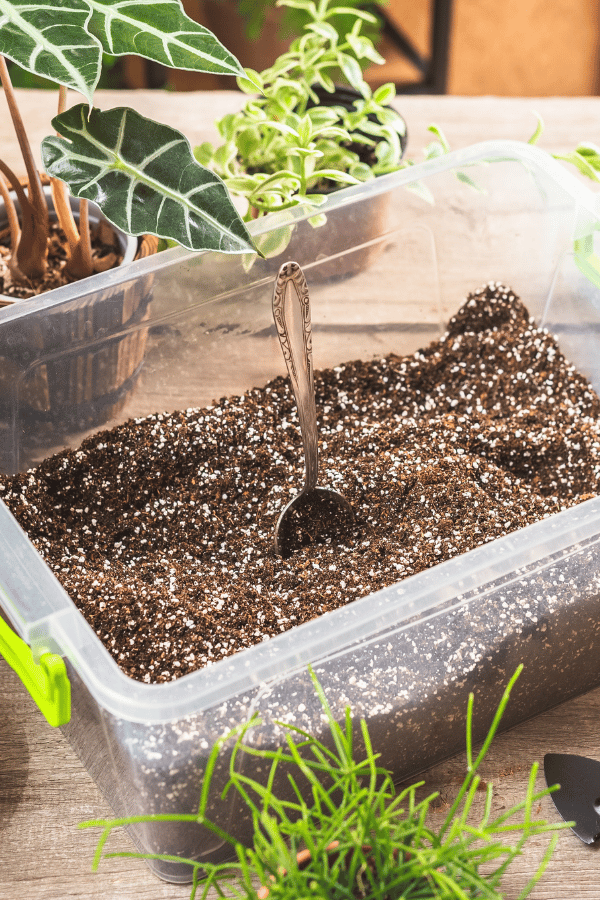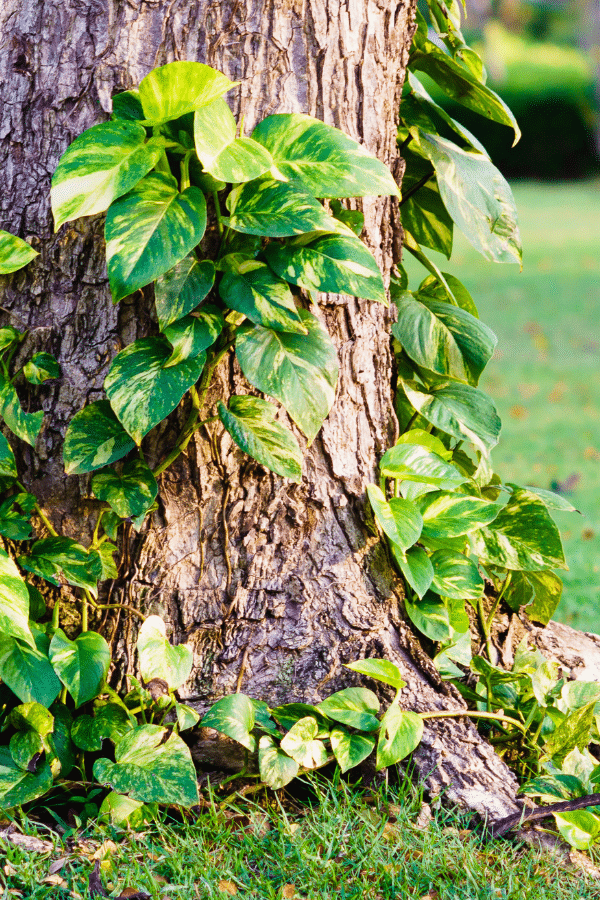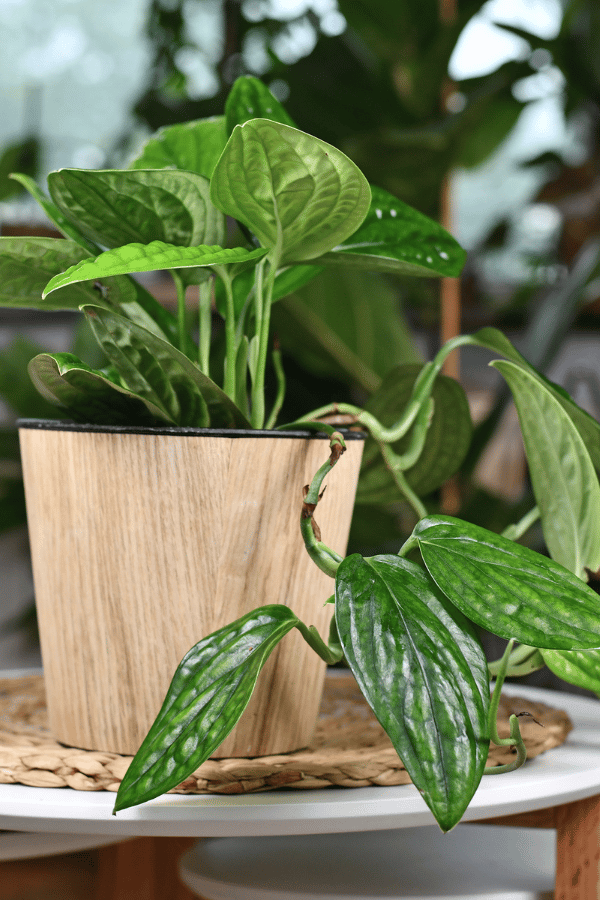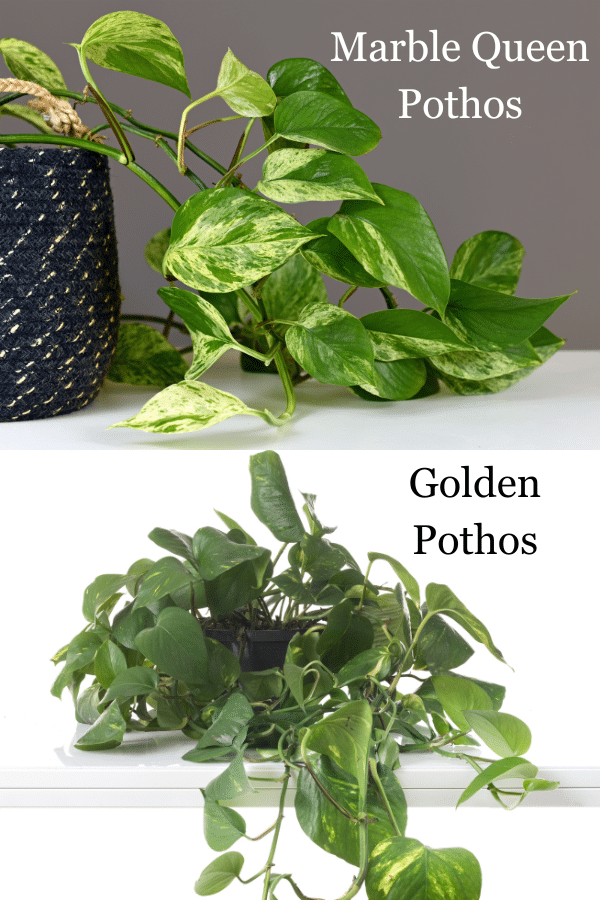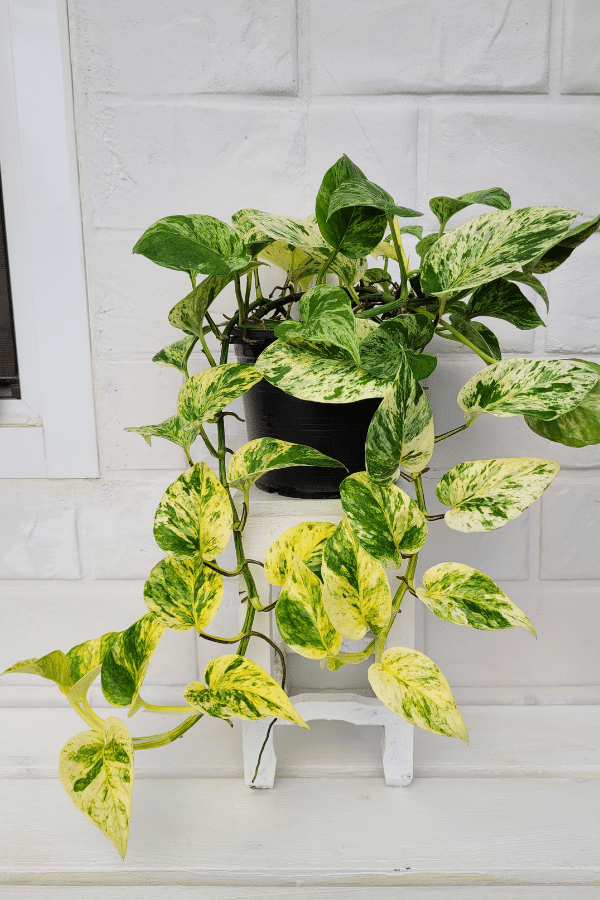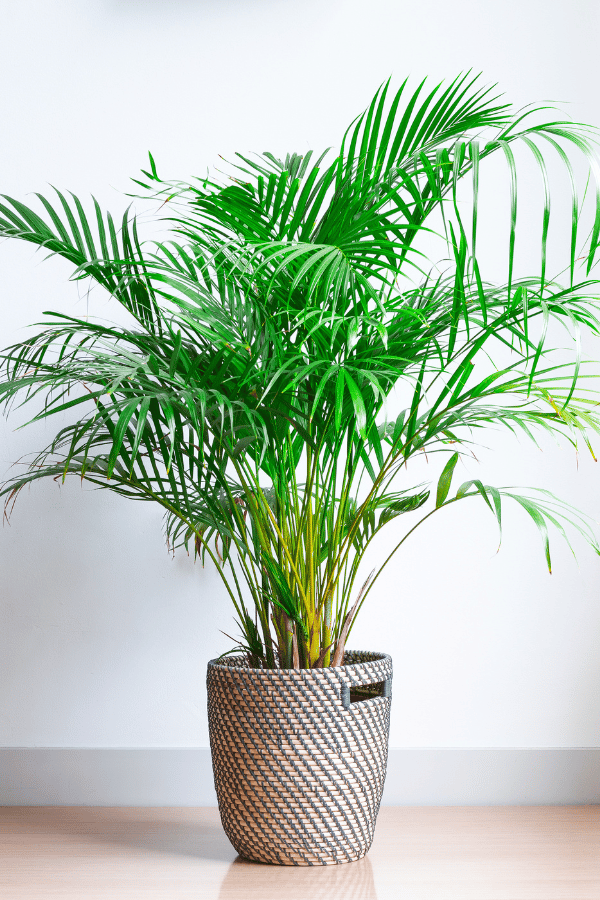Alocasia Black Velvet
Scientific Name: Alocasia Reginula
Common Name: Alocasia Black Velvet
Alocasia Black Velvet care is a bit harder to care for than some other houseplants. Alocasia Reginula needs correct lighting, watering, and humidity levels which the plant is fussy about. If you can give it optimal growing conditions, then this plant will reward you and grow well.
To give this Alocasia plant the best care, it requires aerated, well-draining, slightly acidic soil, keep the soil moist but don’t overwater, provide it medium indirect sunlight, temperatures ranging from 60-80F, and high humidity levels of around 60-75%.
Quick Care Overview
| Common Name | Alocasia Black Velvet |
| Scientific Name | Alocasia Reginula |
| Family | Araceae |
| Origin | Southeast Asia |
| Growth Rate | Slow |
| Identification | Dark velvety heart-shaped leaves |
| Height | Up to 18 inches tall |
| Soil | Well-draining, airy, slightly acidic soil |
| Water | Keep soil moist but don’t oversaturate |
| Temperature | 60-80F |
| Sunlight | Medium indirect sunlight |
| Toxic to Cats & Dogs | Yes |
| Toxic to Humans | Yes |
| Pests | Mealybugs, spider mites |
| Diseases | Root rot |
Below we will dive deep into this Alocasia Black Velvet care guide.
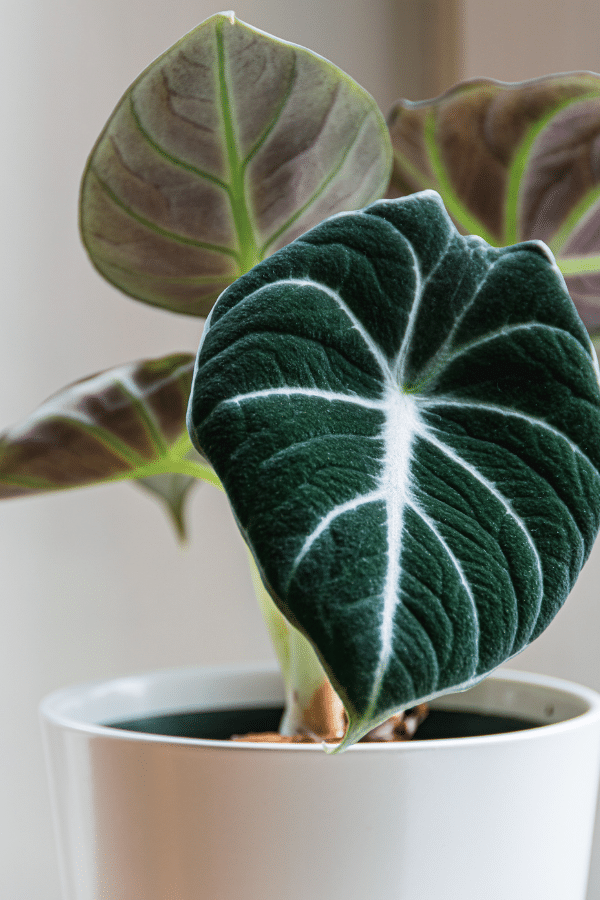
Alocasia Black Velvet History
Alocasia Reginula, also known as the Black Velvet Alocasia or Little Queen, is a gorgeous dark velvety tropical plant with bright silver veining. While requiring a bit of TLC, this plant is not overly burdensome. Despite its former rarity, this Southeast Asian native is an eye-catching evergreen that is becoming increasingly available.
Alocasia Black Velvet Identification
The Black Velvet Alocasia has heart-shaped succulent-like leaves that are dark and velvety to the touch. Leaves grow up to 6″ long. Foliage will have veins that appear silvery or white to pale green. These tropical perennial stays compact in size.
Alocasia Black Velvet Growth Facts
This plant loves humidity and is a perfect candidate for a terrarium.
How Big Does an Alocasia Black Velvet Get?
This compact plant will rarely exceed 18” tall by 18” wide.
Alocasia Black Velvet Care
As long as you are able to adapt to this plants lighting, watering, and humidity requirements, you will be rewarded with a gorgeous dark gem of a plant.
Alocasia Black Velvet Soil
This Alocasia will enjoy being planted in a slightly acidic, well-draining, aerated growing medium. You may create a potting mix for your Alocasia Black Velvet by combining commercial potting soil with orchid bark and perlite at a 1:2 ratio. Coco coir or peat moss may be substituted for potting mix. Alternatively, you may use a commercial aroid mix and incorporate extra perlite, sand, or bark. Your Alocasia will also appreciate small additions of organic matter such as worm castings or compost to increase richness.
Alocasia Black Velvet Fertilizer
Although Alocasia Black Velvet may be considered a light feeder, it will still benefit from a moderate fertilization schedule during the growing season in spring and summer. Select a balanced liquid fertilizer indicated for houseplants and dilute to ½ to ¼ strength specified on the label. Feed your Alocasia monthly and stop applications during the fall. Do not feed during winter and do not overfertilize, as this may cause damage to your plant, such as chemical burn.
Alocasia Black Velvet Watering
Aptly watering your Alocasia may be the most challenging part of caring for it. While this plant does enjoy consistently moist soil, it is very prone to suffering from issues related to overwatering, such as root rot. You should never allow your Alocasia to sit in oversaturated soil or excess water within its drainage tray. Therefore, only water your Alocasia when its substrate it completely dry to the touch.
Alocasia Black Velvet Light Requirements
The Black Velvet Alocasia will appreciate being grown in medium to indirect sunlight. However, as with many other tropical plants, too much direct sunlight will burn its leaves. However, if it does not receive enough sunlight, it will grow spindly or will halt growing altogether.
Alocasia Black Velvet Temperature & Humidity
As a tropical plant, Alocasia Black Velvet loves warm, humid temperatures. This plant will grow best if kept between 60 to 80F and will typically grow faster if kept in warmer environments. This plant should never be allowed to reach temperatures below 55F, as this may cause permanent damage. Additionally, this plant does not like being exposed to sudden changes in temperature and should not be kept near heaters, AC units, cold windows, or drafts. Finally, high humidity is of utmost importance if you are to keep your Alocasia happy. While they may not die from humidity levels in the 40% range, they will not optimally grow unless kept above 60-75% humidity. You may boost humidity levels in your home by installing a humidifier, pebble tray, or grouping tropical plants together to create a microclimate.
Repotting Alocasia Black Velvet
Alocasia Reginula does well when grown in a snug container and remaining slightly rootbound. Excess container space can easily lead to overwatering issues. You should repot your Alocasia every 1-2 years in the spring. This is an excellent time to remove any offsets for propagation. You should only select a container that is 1-2 inches larger than the previous container.
Alocasia Black Velvet Maintenance & Pruning
Pruning and maintaining Alocasia Reginula is straightforward. Periodically remove any diseased, discolored, or dead leaves using sharp, clean shears.
Alocasia Black Velvet Propagation
Alocasia Reginula may be easily propagated by planting its offsets that arise from the rhizome of the man. Simply remove the offset plants gently and plant them into their own container with fresh soil. Keep moist and keep in indirect light until well established. It is best to plant offsets in spring or early summer.
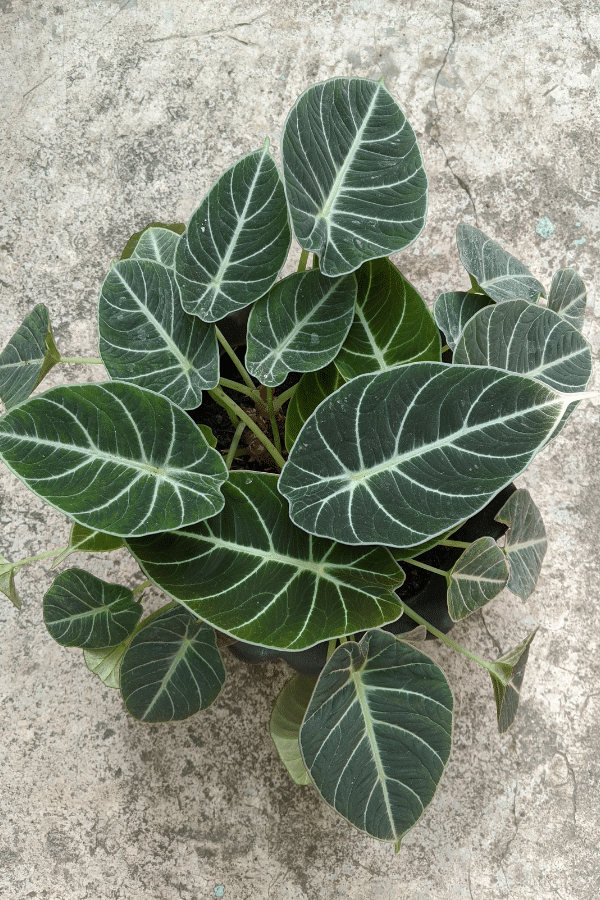
Alocasia Black Velvet Toxicity
Alocasia Black Velvet is toxic to humans, cats, and dogs and should never be ingested in any way. Wash hands after handling this plant.
Toxicity to Humans
Alocasia Reginula is considered toxic to humans and should never be consumed, as it contains calcium oxalate crystals which can irritate the mouth and digestive system.
Toxicity to Cats & Dogs
The Black Velvet Alocasia is considered toxic to pets and should be kept away from them. If you suspect that your cat or dog has consumed any portion of this plant, contact your veterinarian or animal poison control immediately.
Alocasia Black Velvet Problems
Alocasia Black Velvet Leaves Turning Yellow
Foliage of your Alocasia may turn yellow due to watering issues – either too much water or too little water. Leave the soil moist but don’t saturate the soil from overwatering.
Alocasia Black Velvet Leaves Turning Brown
The number one cause of foliage browning when it comes to the Black Velvet Alocasia is lack of humidity or underwatering. Alternatively, it may be caused by chemical burn from too much fertilizer.
Alocasia Black Velvet Diseases
While this plant is largely disease-resistant since it is a tropical plant that favors high humidity, issues with plant disease related to too much moisture can occur. Leaf spot, root rot, and other issues may arise with Alocasia Reginula. Ensure that your plant has good air circulation surrounding it and that it is not overwatered.
Alocasia Black Velvet Pests
While this Alocasia is largely pest-resistant, it is not immune to an infestation. Check your plant periodically for spider mites, mealybugs, and other common houseplant pests.
FAQ
Should I Mist My Alocasia Black Velvet?
Alocasia Black Velvet needs high humidity for it to grow. Misting Alocasia Reginula is a good idea to provide it the 75% humidity levels it needs.
Why Is My Alocasia Black Velvet Dying?
The most common reason the Alocasia Black Velvet dies is from overwatering which causes root rot beneath the soil. Take the plant out of the pot and check for brown mushy stems. If seen, remove the stems with clean scissors and plant in a new pot with fresh soil.

